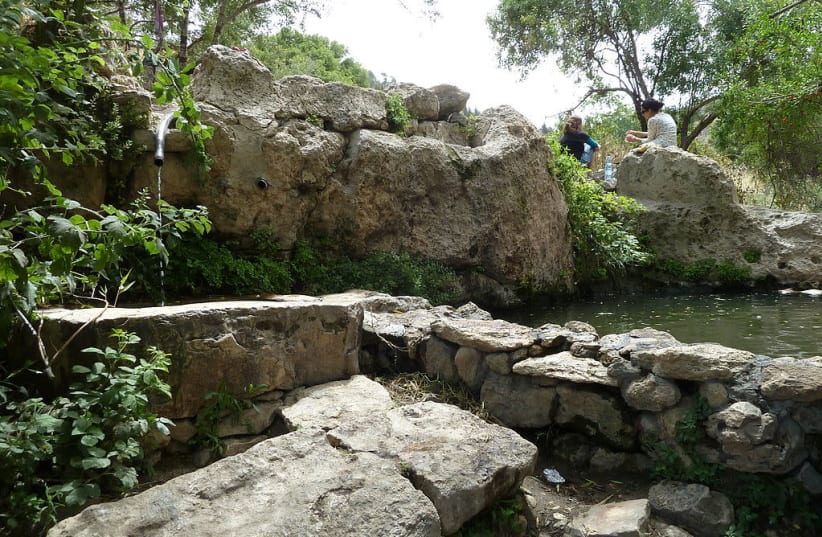The Environment and Climate Change portal is produced in cooperation with the Goldman Sonnenfeldt School of Sustainability and Climate Change at Ben-Gurion University of the Negev. The Jerusalem Post maintains all editorial decisions related to the content.
Hike of the Month - Springs around Jerusalem
In the small area of the "Jerusalem Mountains" alone, there are about 60-70 such springs. Some of them can be visited very easily by car or public transport.
